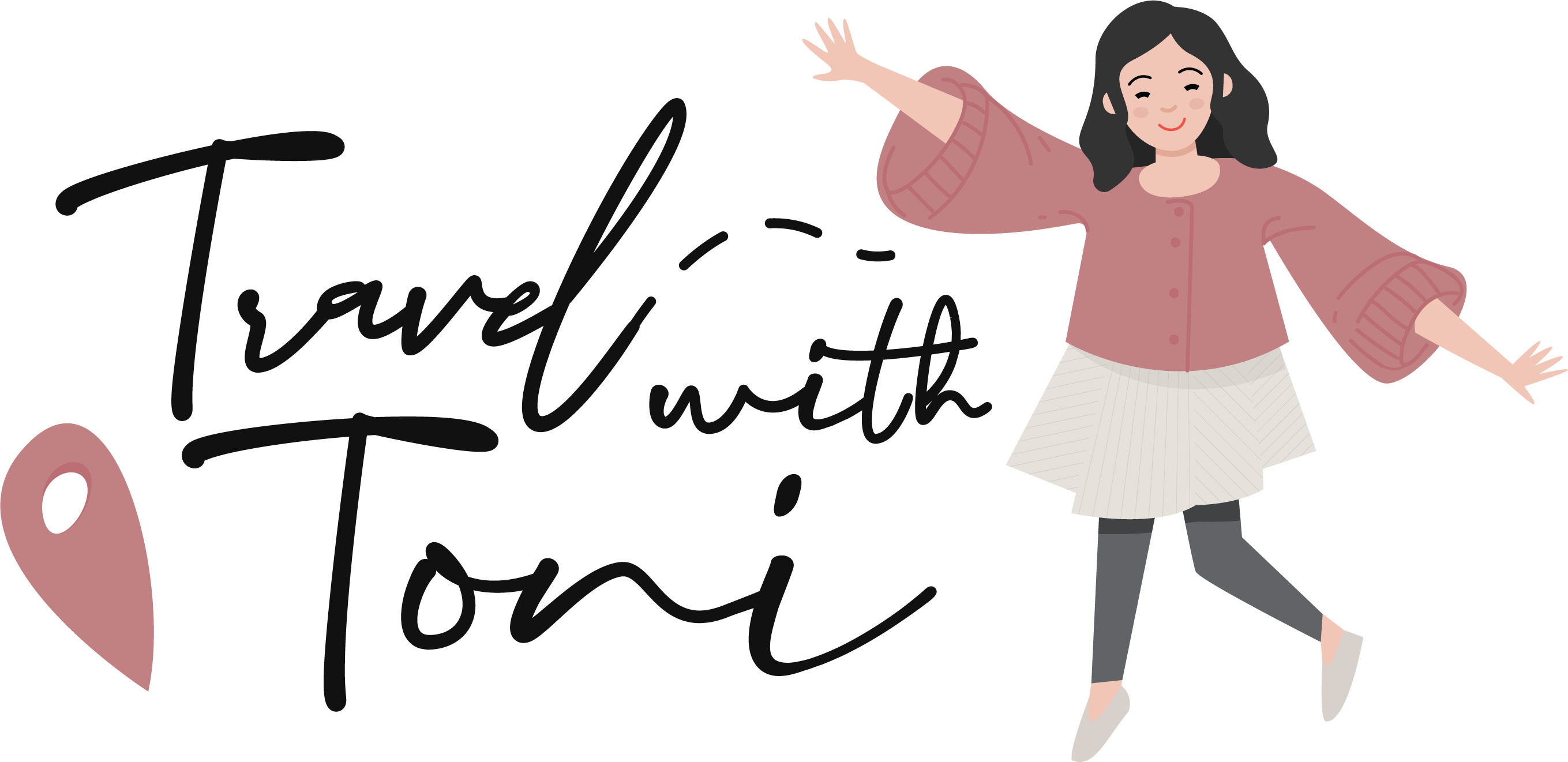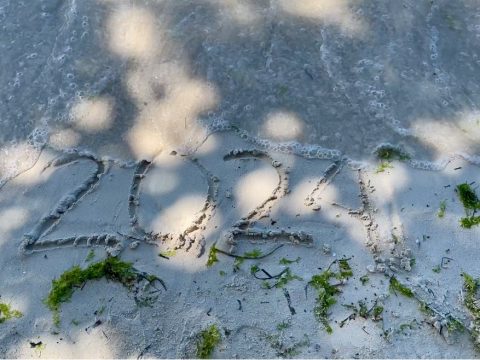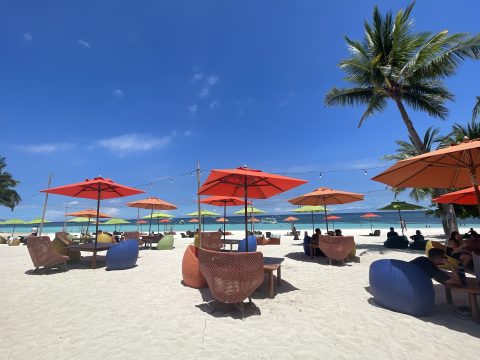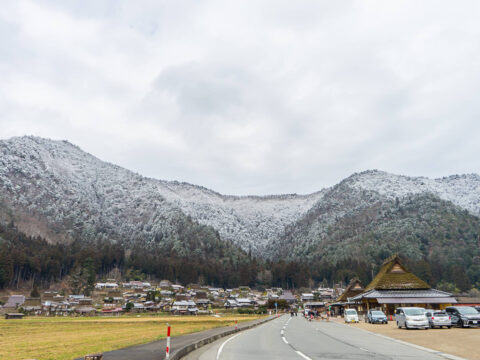Ever wanted to experience snow in Japan but don’t want to wander far from the bustling city of Tokyo? Good news—Nikko, a small city in Japan’s Tochigi Prefecture, home to some of the world’s UNESCO World Heritage sites, including shrines and temples, as well as lakes and waterfalls, can be reached from Tokyo in under two hours.
Curious what to see and do in Nikko? Then this travel guide is for you!
Last Updated: 2025
GETTING TO NIKKO, JAPAN:
I’ve been to Nikko, Japan twice and followed the same route both times. Fortunately, there’s now an easier way to reach this beautiful city in Tochigi Prefecture, which I hope to try soon. I’ll share two of the usual routes: the first one, which I’m familiar with, and the new route as an alternative option.
Note though that this is a budget travel and not for those JR Pass holder.
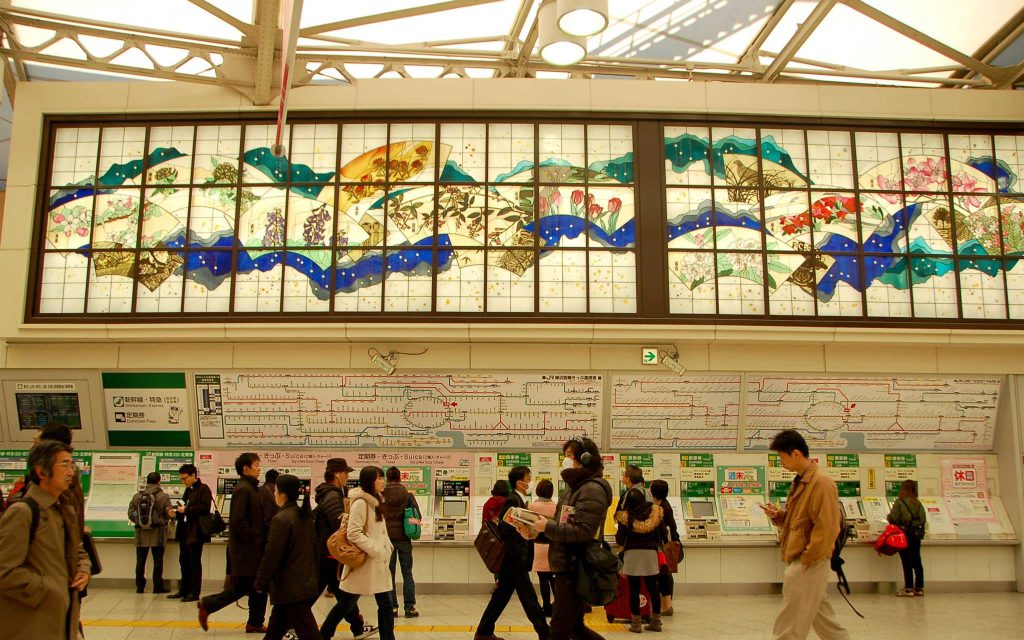
ROUTE 1 FROM UENO, TOKYO:
I. Go to Ueno Line.
II. Ride the train to Utsunomiya and get down at Utsunomiya Station.
III. From Utsonomiya, catch the Local JR Nikko Line train to JR Nikko Station.

ROUTE 2 FROM ASAKUSA, TOKYO:
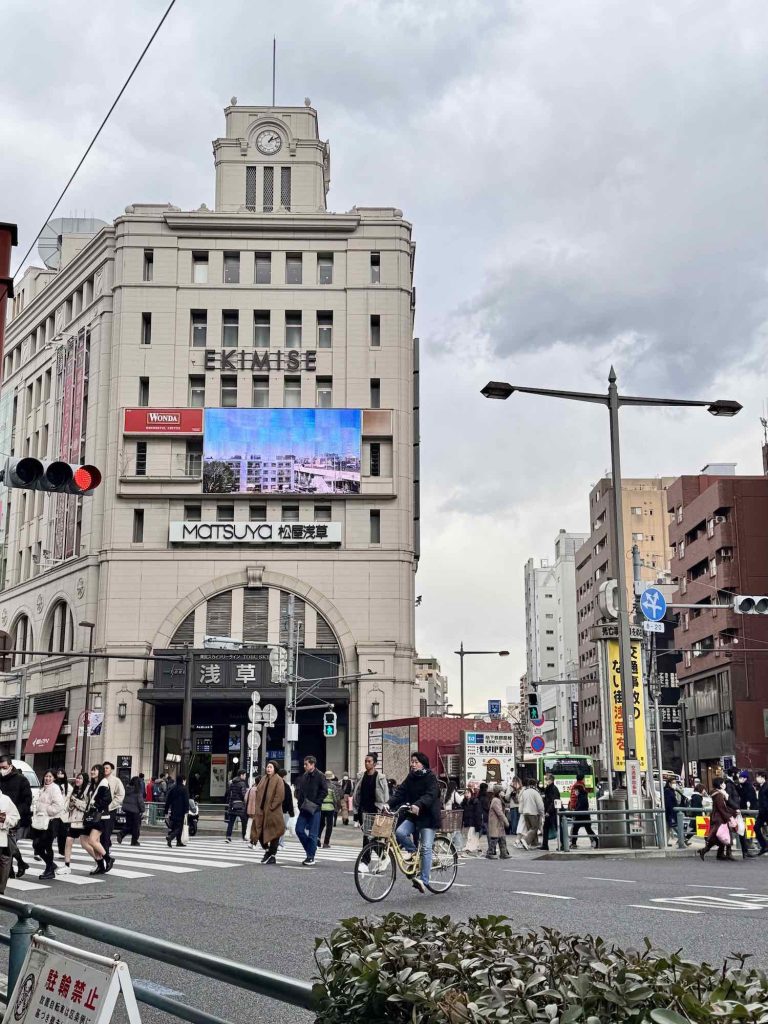
I. Go to Tobu Asakusa Station.
II. Take the Nikko Limited Express Train, Spacia X or Kegon trains to Tobu Nikko Station.
Note: JR Nikko Station and Tobu Nikko Station are different stations, but they are within walking distance of each other.

For all things related to Nikko, Japan, including the Nikko Pass, you can refer to this website. For full transparency, I didn’t opt for the Nikko Pass during my previous visits because I enjoyed walking and preferred to focus on the specific sights I want to see. I also didn’t stay overnight in Nikko. However, based on my research and suggestions from other travelers, getting a Nikko Pass is a smart choice, even for a day tour. It covers your base fare and local train fare, so whether you’re taking the Limited Express Train or not, you’ll still save a few extra bucks.
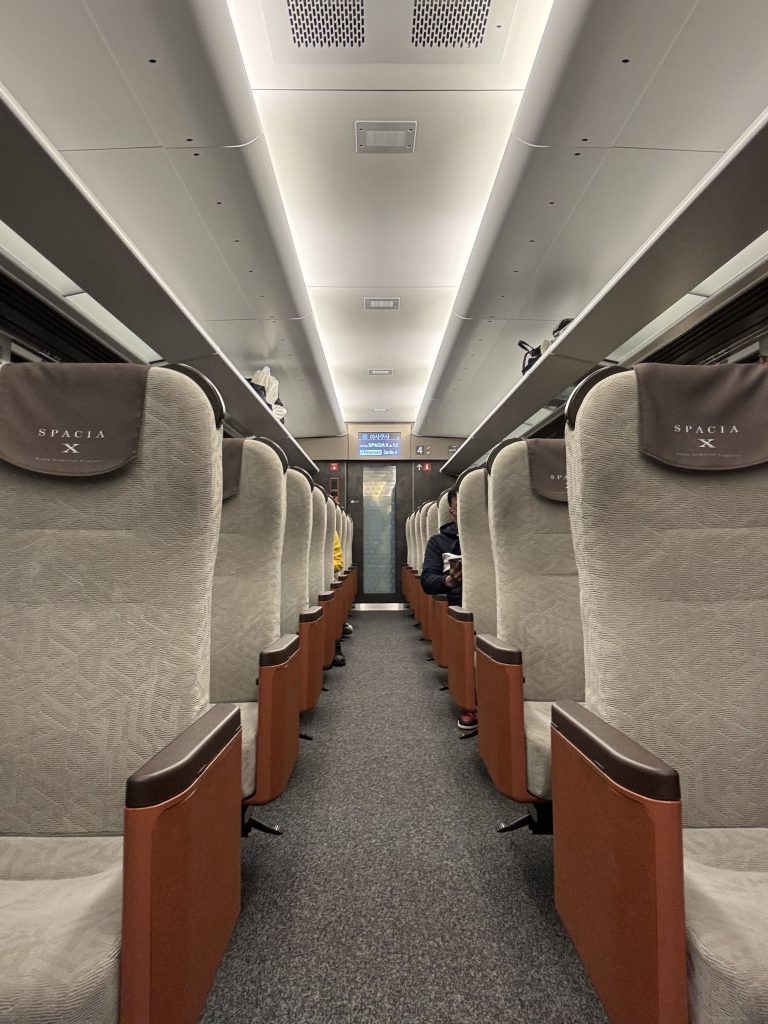
UPDATE: During my last visit in February 2025, we purchased the Nikko Pass via Klook—pretty worth it since it already covered the basic fare to Nikko. We also took the Revaty Kegon shinkansen to Nikko and the Spacia X back to Asakusa. Both tickets were purchased through Klook.
THINGS YOU NEED TO KNOW:
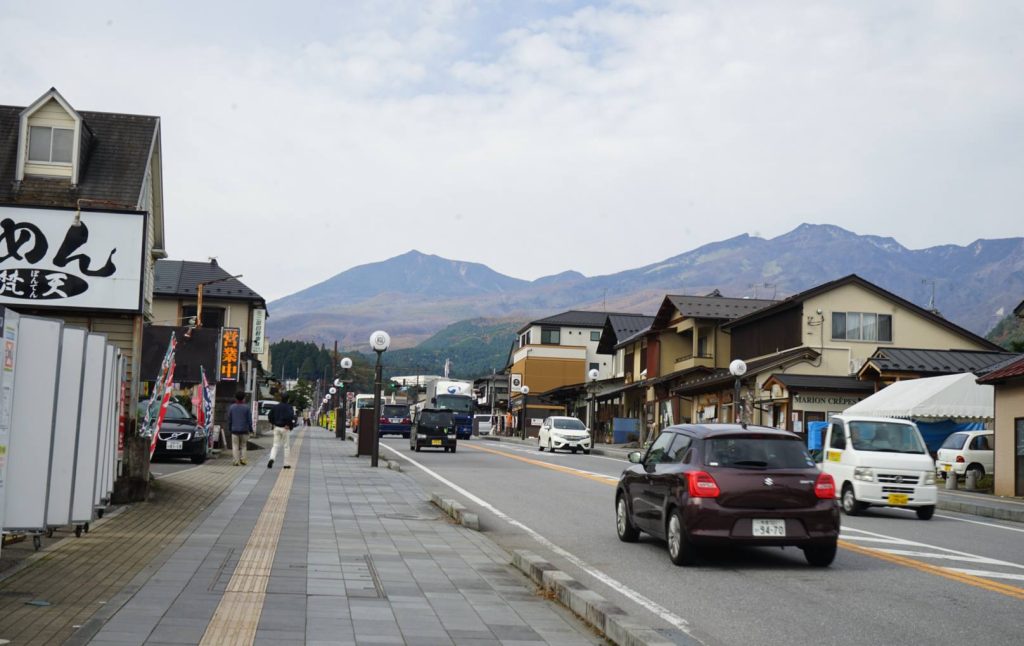

Accommodation: Nikko offers plenty of accommodations and onsens where you can stay for a night or two to fully immerse yourself in the town’s beauty. Unfortunately, since we’re usually pressed for time, our visits to Nikko are limited to day trips. But personally, if you ever plan to stay overnight, I recommend finding accommodation near Nikko Station or one with easy access to a bus station. There are bus stations close to popular spots like Kegon Falls and Ryuzu Falls. Below are some places I’d recommend based on my own research.
Food. As you exit Nikko Station and walk towards the iconic Shinkyo Bridge (you could take the bus, but where’s the fun in that? It’s just a short 2km walk!), you’ll find plenty of restaurants and cafes to check out. Before catching a bus to the mountain areas, be sure to grab a bite and pick up anything you might need—there aren’t many convenience stores up there!
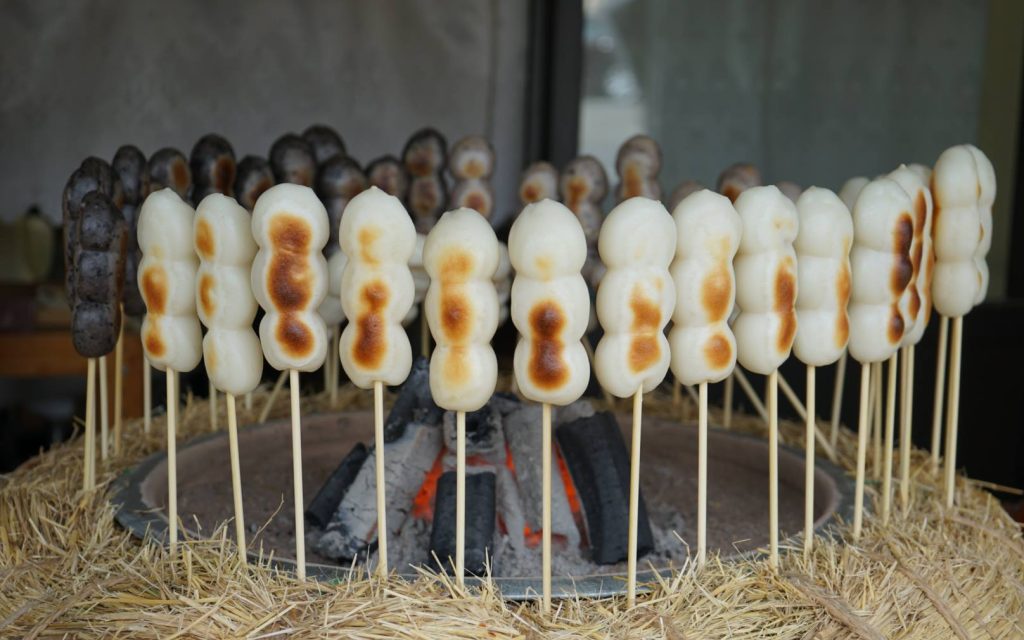

Transportation. As soon as you exit Nikko Station, you’ll see the bus stations for all the sights you want to check out. Just make sure you’ve got your itinerary sorted so you don’t waste time or get lost. But if you’re staying overnight in Nikko, feel free to get pleasantly lost! 
As mentioned, there are two stations in Nikko. Although close to each other, it’s still best to familiarize yourself with the specific bus numbers per station:
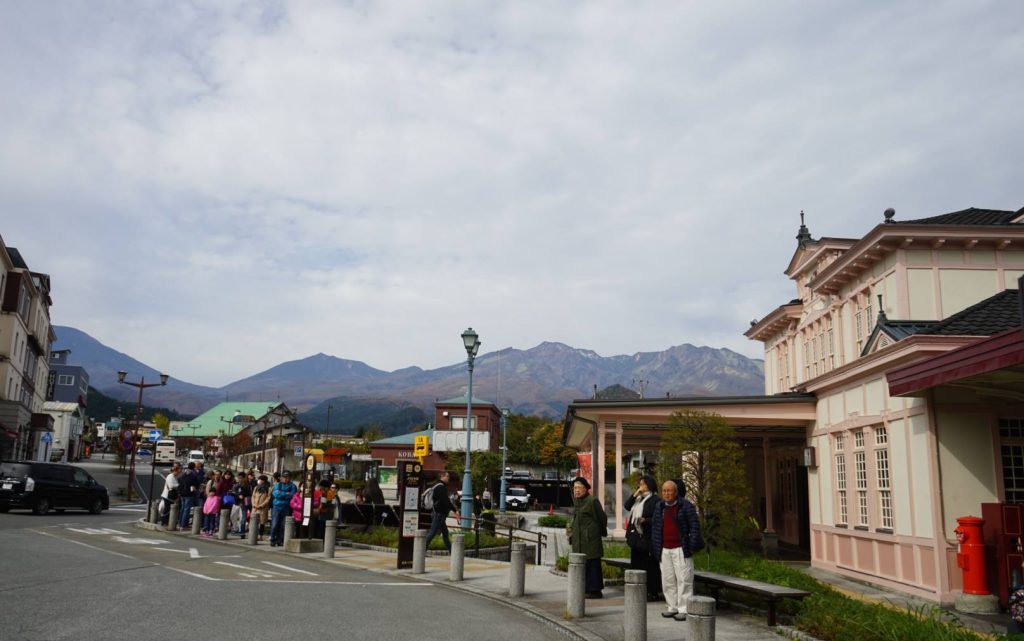
JR Nikko Station:
Tip: This is Bus Stop No. 1, so you’re more likely to get a seat here than if you wait at Tobu Nikko Station.
1A – Buses bound for Chuzenji Onsen and Yumoto Onsen.
1B – The World Heritage Sightseeing Bus.
1C – Buses bound for Kirifuri Kogen and Ozasa Bokujo Farm.

Tobu Nikko Station:
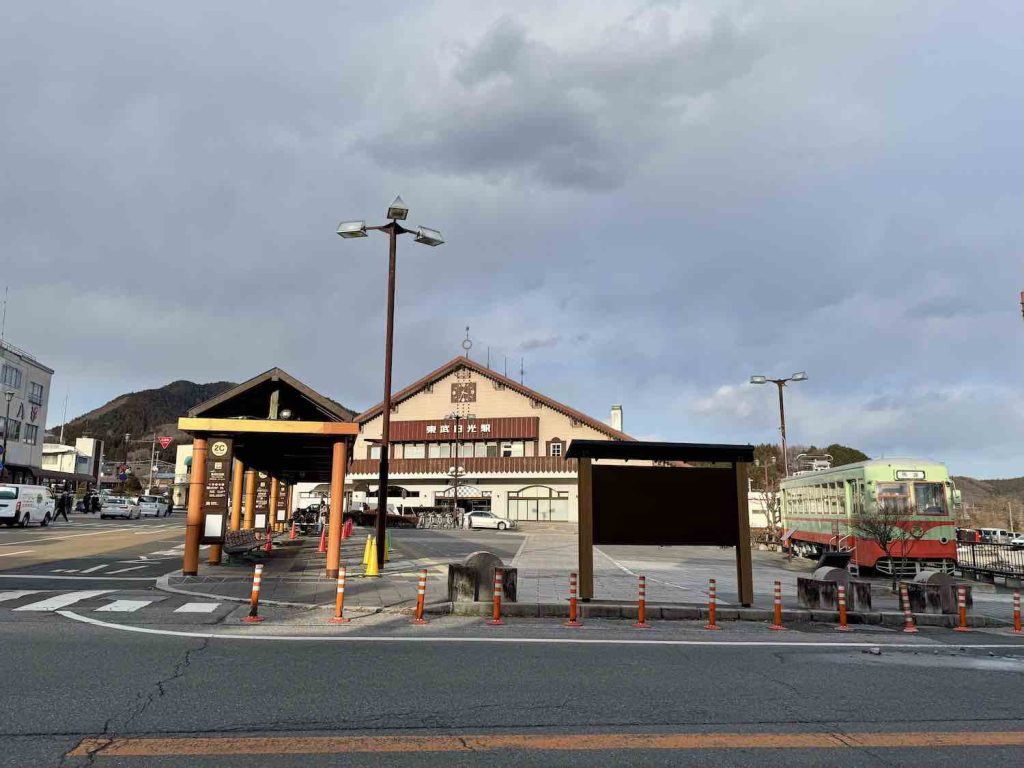
2A – Buses bound for Yumoto Onsen via Chuzenji Onsen.
2B – The World Heritage Sightseeing Bus.
2C – Buses bound for Chuzenji Onsen via Kiyotaki Falls.
2D – Buses bound for Kirifuri Kogen, Ozasa Bokujo Farm, and Kinugawa-Onsen Station.
2E – This bus stop serves the Nikko Tour Bus, which offers a one-day tour of the main tourist spots. It’s also the pick-up point for highway express buses heading to Tokyo, Yokohama, and Haneda Airport.
Source: Nikko Station Website
Touring. Exploring Nikko is easy thanks to its efficient bus system. Just be sure to check your routes to avoid missing the bus or the stops.
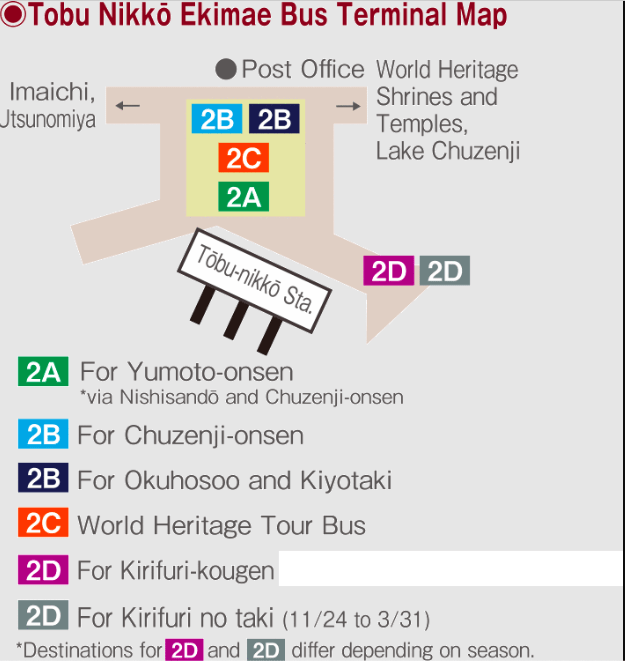
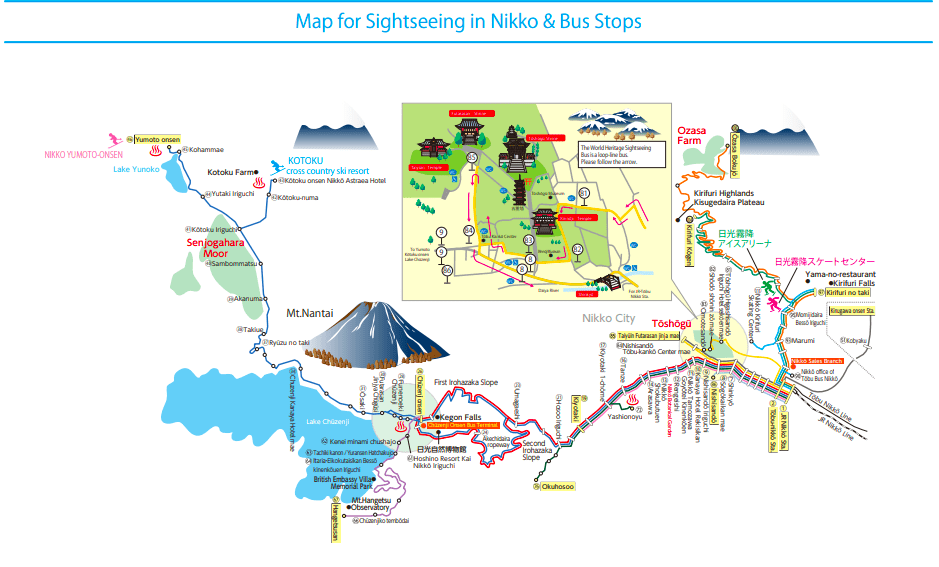
THINGS YOU NEED TO KNOW:
Nikko tends to be cooler than Tokyo, so make sure to dress for the season. It’s a popular spot in autumn for its stunning foliage, and in winter, it draws visitors for its onsens and ski resorts. And yes, as I mentioned earlier, there’s snow in Nikko, so expect temperatures around zero degrees—or even lower—if you visit in winter (January through early March). Late winter still offers snow, especially around Chuzenji and the Kegon Falls area.


NIKKO, JAPAN ITINERARY:
If you’re a visual learner and want to learn more about Nikko, check out Tokyo Kenchan’s video about it!
Note: This itinerary is based on my recent visits to Nikko during two different seasons—end of winter and end of autumn. Both were day trips. If you’re planning to stay in Nikko for a few days, you can easily expand on this itinerary. Take your time to explore at a leisurely pace, and discover more shrines, waterfalls, and lakes.
When traveling from Tokyo, it’s best to catch the earliest train to Nikko—6:30 AM is ideal. If you plan to take the local train from Ueno, double-check the schedule as this route requires train transfers. For a more comfortable experience, you can try the Limited Express Spacia X or Limited Express Revaty Kegon, which can be booked via Klook. Please note that in addition to your reserved Limited Express tickets, you’ll also need either a Nikko Pass or a base fare ticket purchased at the station.
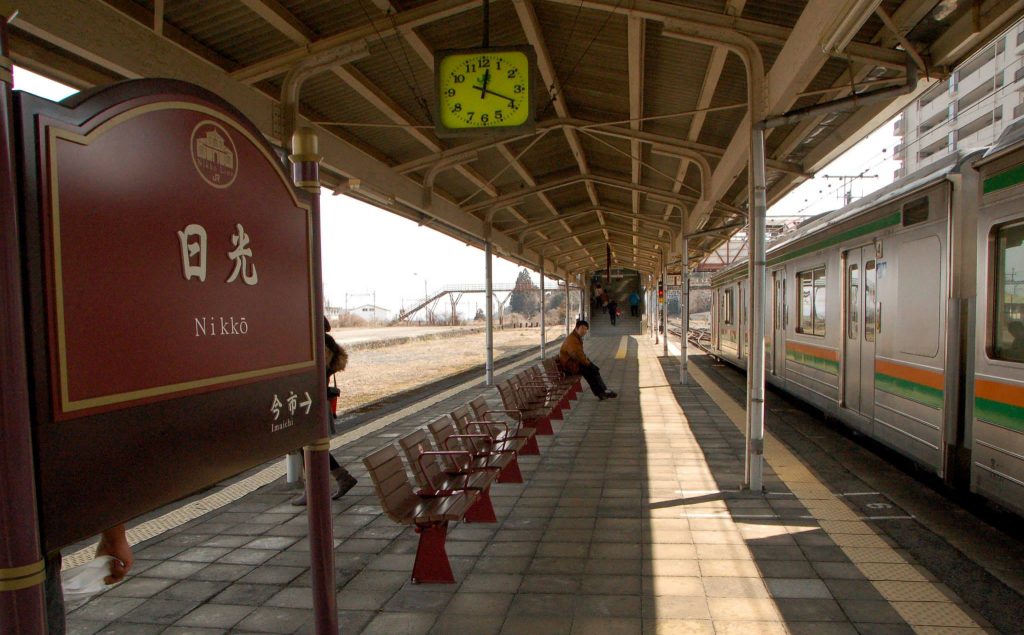

Shinkyo Bridge. This eye-catching vermilion bridge marks the entrance to Nikko’s shrines and temples. Located right along the road, it’s hard to miss this stunning landmark. Shinkyo was once off-limits to the general public, but the good news is that visitors can now walk across and back for an entrance fee of ¥300.
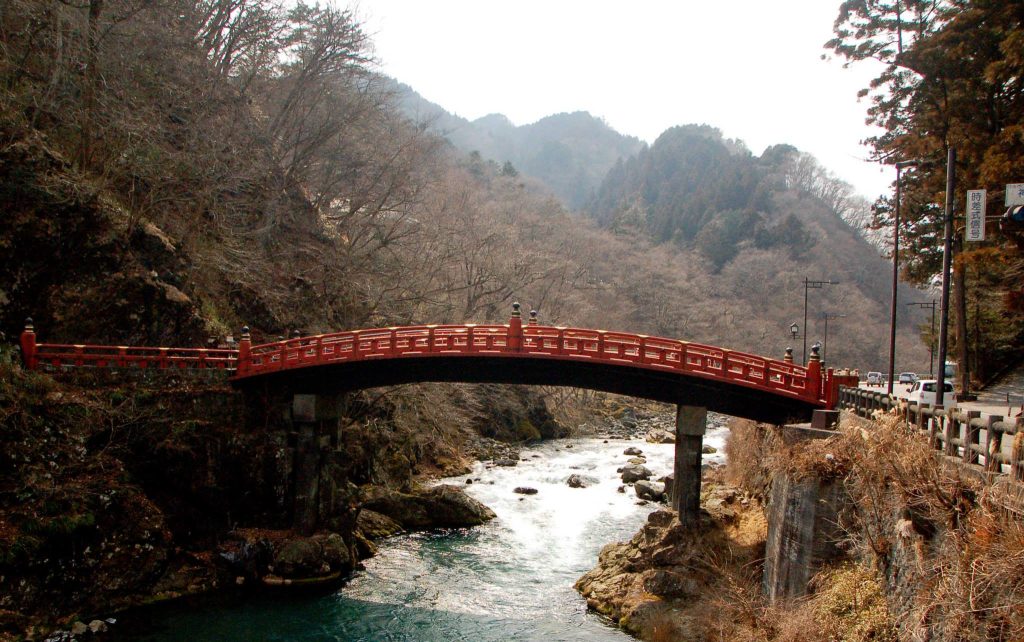
How to get there: Walk! From Tobu Nikko or JR Nikko Stations, it’ll take you about 20 minutes to get to Shinkyo Bridge—it’s less than 2 km away. There are lots of restaurants and shops along the way, so you can grab a snack or shop if you’re not in a rush, or if they’re open. Since shops in Japan tend to open late, you might want to check them out on your way back to the station. But if you are too tired or lazy to walk, there’s a bus just outside the train station which stops at Shinkyo Bus Stop.

Toshogu Shrine. Toshogu Shrine is a memorial dedicated to Tokugawa Ieyasu, the founder of the Tokugawa Shogunate, which ruled Japan for over 250 years until 1868. Located in Nikko, this UNESCO World Heritage Site is renowned for its intricate and stunning architecture, vibrant colors, and rich cultural significance. The shrine attracts both tourists and locals, many of whom queue for hours to admire the beautiful carvings, ornate decorations, and the famous ‘See No Evil, Speak No Evil, Hear No Evil’ monkeys.

The shrine opens at 9:00 AM and closes at 5:00 PM. If you wish to fully immerse yourself in the shrine’s beauty and the nearby museum, it’s highly recommended to visit in the morning or even stay overnight in Nikko. Admission is not free: 1,600 yen for the shrine, 1,000 yen for the museum, and 2,400 yen for both. During our visit, we didn’t enter the shrine and museum as it was already afternoon, and we wanted to make sure we had time to visit Kegon Falls as well.
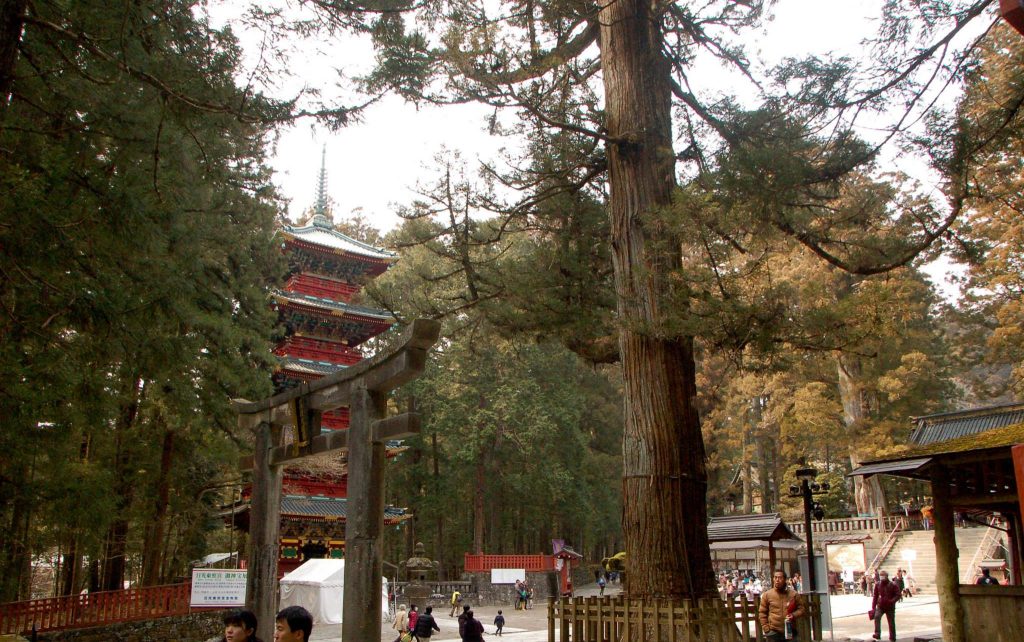
Kegon Falls. Ranked as one of Japan’s top three most beautiful waterfalls, this 97-meter beauty flows straight from Lake Chuzenji and is a must-see no matter the season—winter, spring, summer, or autumn. For the best view, head to the observatory platform at the base of the falls. It’s just 570 yen (as of this writing) and totally worth it!
How to get there: From JR Nikko Station, hop on Bus 1A or the one going to Chuzenji Onsen. If you’re coming from Tobu Nikko Station, take Bus 2A. Get off at Chuzenji Onsen bus stop or Bus Stop 26 and walk a few meters to the right to find the main entrance to Kegon Falls. You’d know it’s time to get down when you see the two bear monument at the station.


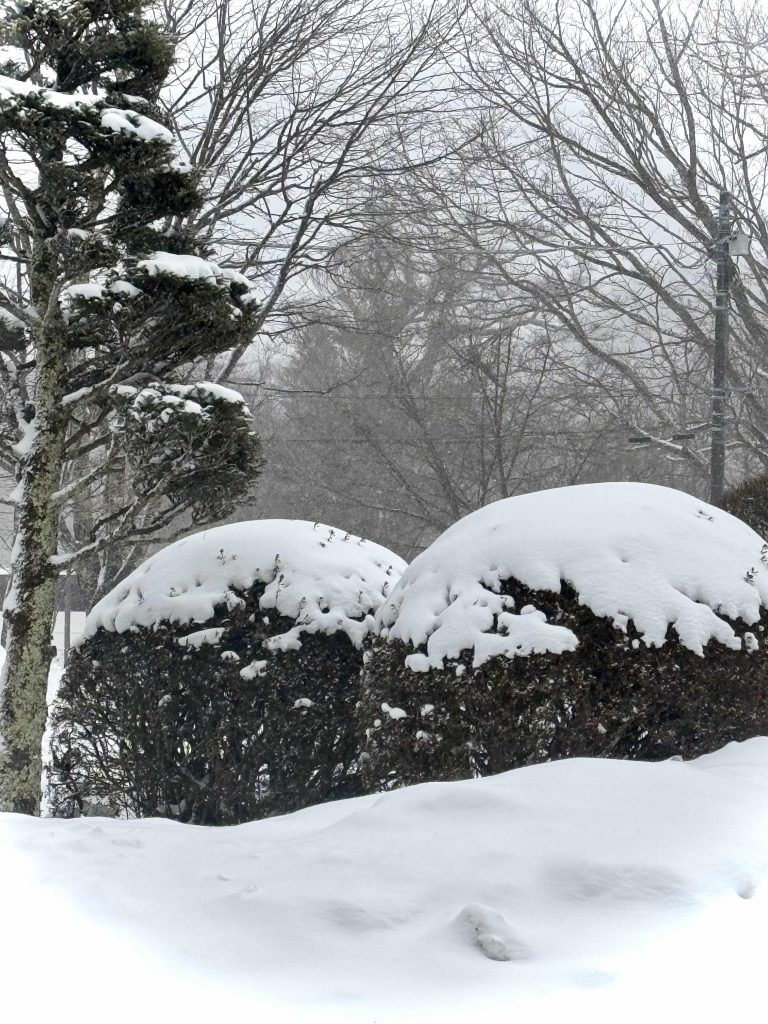
Lake Chuzenji. Less than a kilometer away from Kegon Falls is Lake Chuzenji. From the bus station turn left and head towards the lake. Lake is so big you definitely won’t miss it.
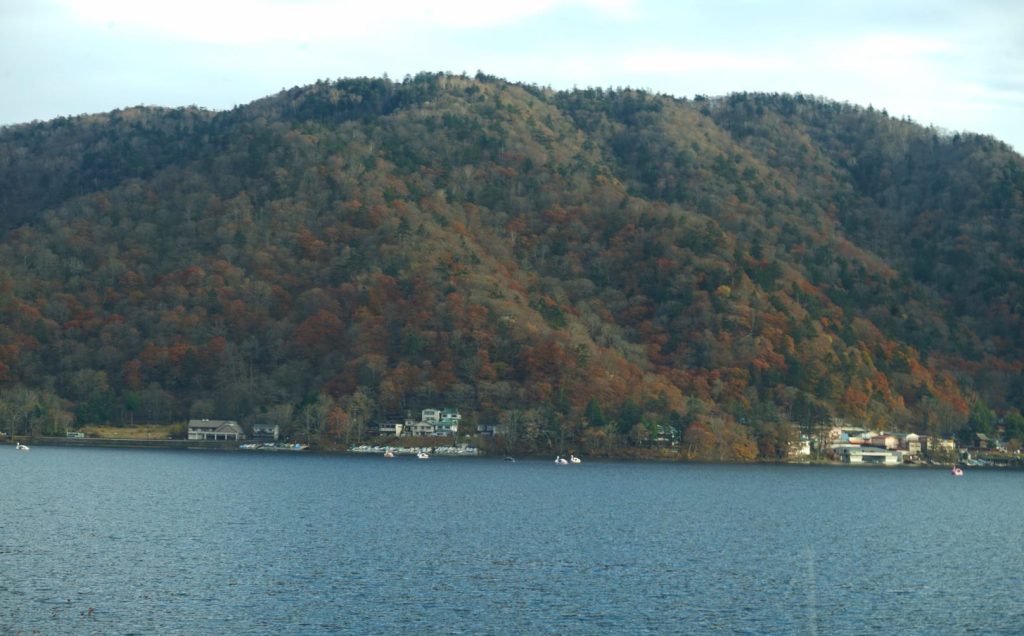
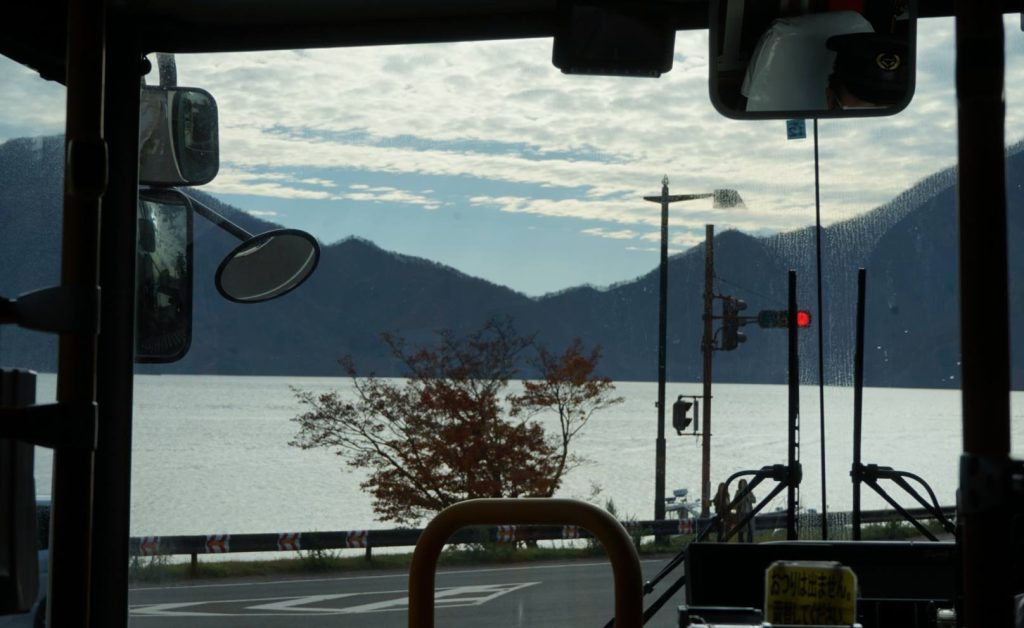
Ryuzu Falls. Ryuzu Falls in Nikko is famous for its stunning autumn colors. Unfortunately, when we visited on November 1, most of the leaves had already fallen, so the vibrant reds, oranges, and yellows were already missing. Perhaps we should have visited a bit earlier. The name ‘Ryuzu Waterfall’ means ‘Dragon Head Waterfall’ in Japanese, referring to the shape of the falls, which resemble the head of a dragon. The waterfall can be viewed free of charge from a small observation deck.

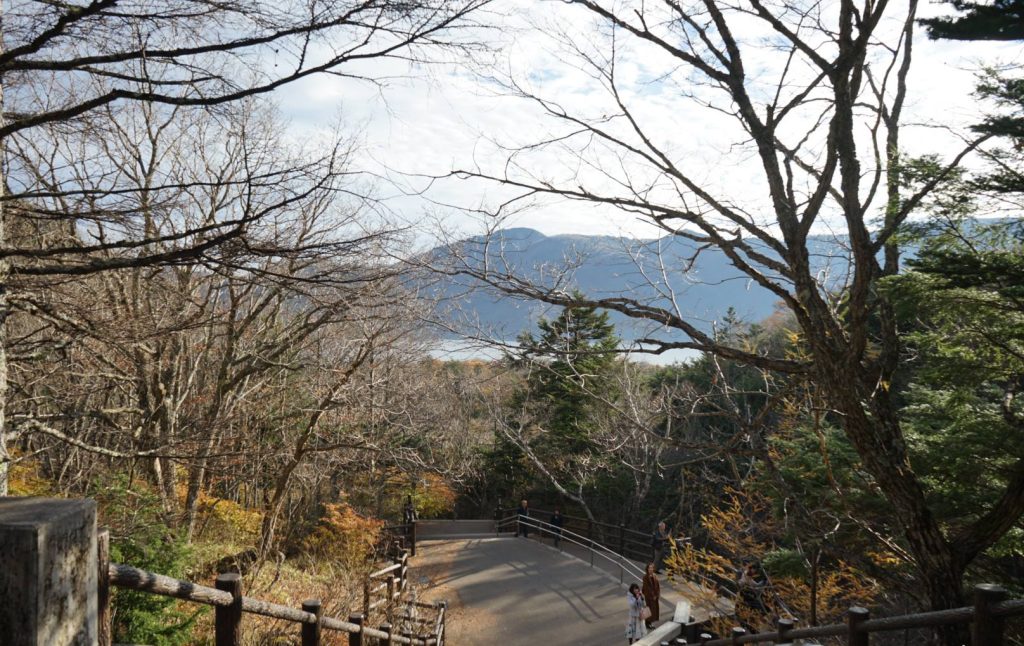
For those wanting to explore more of Ryuzu’s beauty, there is a small hiking path beside the waterfall that follows the Yukawa River, offering views of some smaller cascades along the way.

How to get there: Hop on Bus 1A or Bus 2A, any bus bound for Yumoto Onsen. Get off at Ryuzu No Taki Bus Stop (Bus Stop 37), and walk a few meters to the right to reach the main entrance to Ryuzu Falls.
Head back to the Station. If you have some extra time and visiting Toshogu Shrine or other World Heritage Sites isn’t your top priority, you can switch up your itinerary. Head to Kegon Falls first thing in the morning and save the shrine visit for last. That way, you’ll be within walking distance of the station, reducing the stress of missing the bus or getting stuck in traffic on the mountain roads. Just remember, the shrine closes at 5:00 PM, so plan accordingly.


Matane, Nikko!
